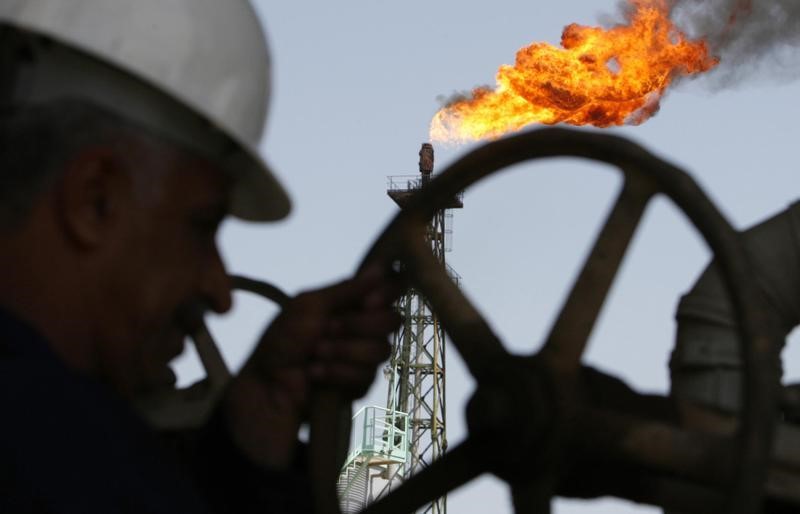Investing.com -- Oil prices settled lower Wednesday despite fighting back against a wave selling pressure following a much larger than expected increase in weekly U.S. crude stockpiles and easing optimism about deeper supply cuts after major oil producing nations delayed a meeting to set output policy.
By 14:30 ET (19:30 GMT), the U.S. crude futures settled 0.86% lower at $77.10 a barrel, while the Brent contract dropped 0.6% to $81.96 a barrel. Both benchmarks were more than 4% lower intraday.
U.S. crude stockpiles jump
U.S. weekly crude inventories increased by 8.7 million barrels last week, well above forecasts for a 1.2 million increase, adding to worries about crude oversupply.
Gasoline inventories, one of the products that crude is refined into, rose by 749,000 barrels, confounding expectations for a draw of 150,000 barrels while distillate stockpiles fell by about 1 million barrels, compared to expectations of a decline of 761,000 barrels.
U.S. crude output remained at a record level of 13.2 million barrels per day, up from 12.10 million bpd a year earlier, the Energy Information Agency reported.
This record level of U.S. supply is proving a headwind for the market, and posing a problem for OPEC+, as the U.S. appears to be taking market share away from the cartel’s top producers as they, and Saudi Arabia in particular, cut output to boost prices.
OPEC+ meeting postponed
The crude market had started the week on a firm note following reports that Organization of the Petroleum Exporting Countries and its allies, a group known as OPEC+, was set to discuss cutting output levels further in their meeting over the weekend.
However, the news that the meeting has been postponed to Nov. 26 has created a great deal of uncertainty over future production levels, with traders seeing the postponement as evidence of disagreement between the principal players.
Saudi Arabia, Russia and other members of OPEC+ have already pledged oil output cuts of about 5 million barrels per day, or about 5% of daily global demand, in a series of steps that started in late 2022.
This figure includes a voluntary reduction by Saudi Arabia of one million barrels per day and a 300,000 barrels a day cut in Russian oil exports, both of which last until the end of 2023.
That said, even if OPEC+ extends the cuts into next year, the global oil market will still see a slight surplus of supply in 2024, said Toril Bosoni, the head of the International Energy Agency's oil markets and industry division on Tuesday.
Dollar rebound weighs on crude
Also weighing on the market Wednesday was a rebound in the U.S. dollar after the publication of the minutes from the early November Federal Reserve meeting.
As oil is priced in dollars, a stronger greenback makes the commodity more expensive for foreign buyers.
(Peter Nurse and Ambar Warrick contributed to this report.)
